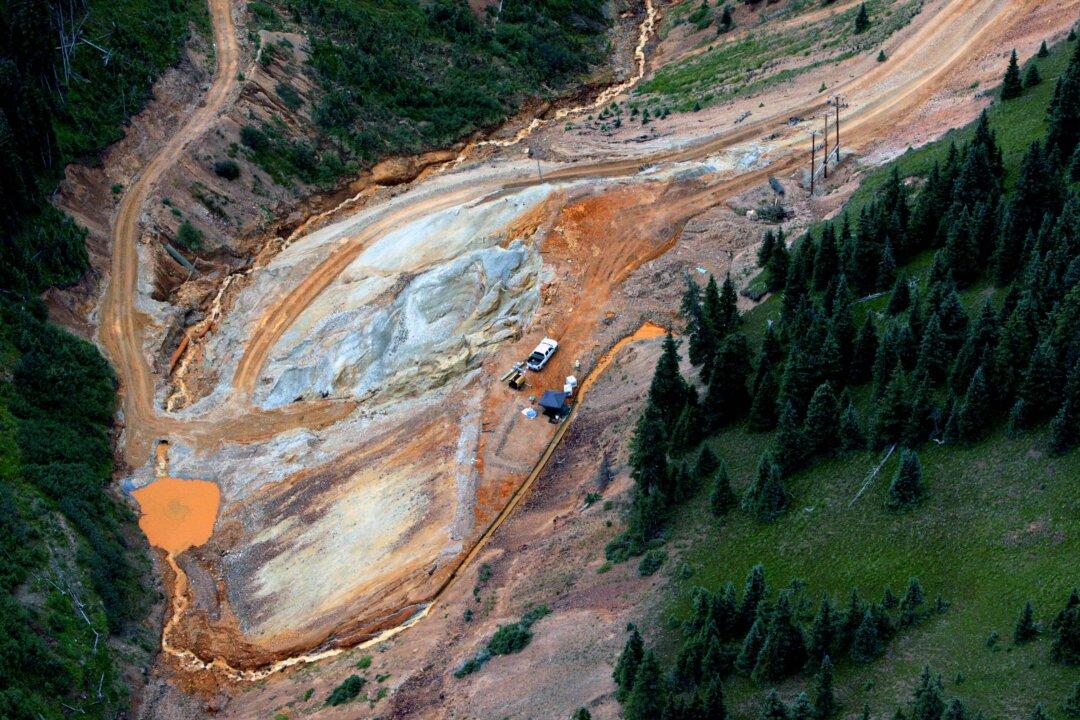In documents of an internal government investigation into the Aug. 5 Gold King Mine spill in Colorado, released Wednesday, Aug. 26, Environmental Protection Agency (EPA) reviewers reported that a work plan accounted for a possible blowout and indicated that large volumes of contaminated mine water could potentially be released.
Investigators determined that the EPA and the Colorado Division of Reclamation, Mining and Safety (DRMS) failed to conduct the proper test, which would have shown an accurate measurement of mine water pressure.
Nevertheless, “experienced professionals” from the EPA and DRMS had determined that since water was able to escape from the blocked mine, there was likely no pressure buildup, states the report.





